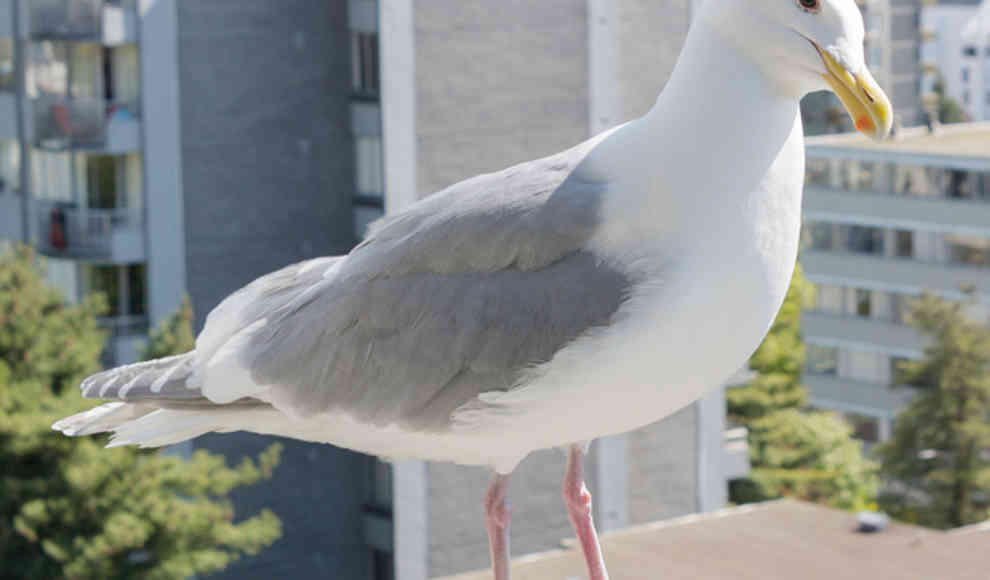New research has shown that the artificial light from street lamps and buildings in cities affects the mating season of birds. According to the study, the testosterone levels of birds in cities rise much earlier in the year than those of birds living in rural areas. Researchers from the Max Planck Institute for Ornithology in Radolfzell am Bodensee observed 40 male blackbirds (Turdus merula) and found that their mating readiness was premature. The scientists believe that the lighting conditions in cities significantly influence the seasonal rhythms of urban animals. For many animal species, the length of the day determines not only their sleep habits but also their breeding time.
To measure the lighting intensity that birds are exposed to in cities, Jesko Partecke and his colleagues equipped 40 city blackbirds with light sensors. “The intensities were very low at 0.2 lux, only one-thirtieth of what a typical street lamp emits,” says Partecke. However, even such low values are enough to make the testes of male blackbirds mature earlier. To confirm the research findings, the scientists compared captured city and forest blackbirds exposed to 0.3 lux lighting with a control group over a period of 10 months. “The results were astonishing: the birds’ testes grew almost a month earlier on average than those of birds that slept in darkness at night,” explains Partecke. In addition to premature mating readiness, the birds’ testosterone levels in their blood also increased. As a result, they began to sing about an hour earlier than birds that could sleep in the dark, according to the researchers in the Proceedings B journal of the British Royal Society.
However, it is still unclear what exactly triggers the blackbirds’ premature mating readiness. In a new study, the researchers aim to determine whether city light benefits or harms birds overall. The researchers believe that the artificial light in cities significantly interferes with the natural rhythms of animals and changes them. The study highlights the need for cities to consider the impact of artificial light on wildlife and take measures to reduce light pollution.










